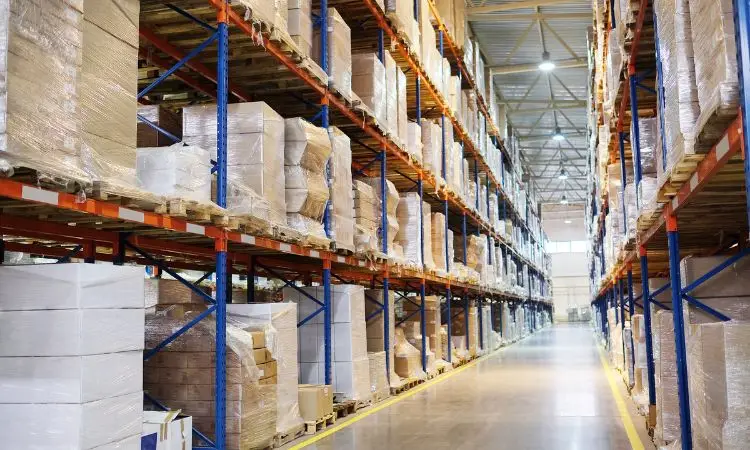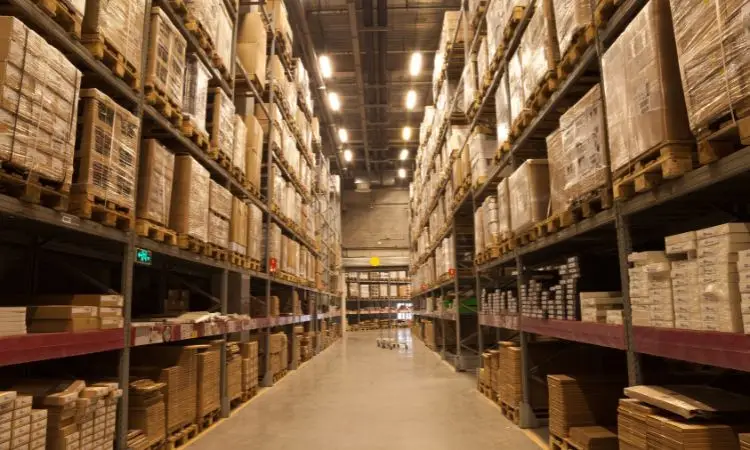How Can We Reduce Warehouse Dust? Warehouses are essential for the storage and distribution of goods, but they can also be a major source of dust. Dust in the warehouse can cause respiratory problems for workers, clog machinery, and create a mess that reduces efficiency and the overall appearance of the workplace.
The good news is that there are several strategies for reducing dust in the warehouse. Which will improve the health of workers, reduce downtime, and create a more efficient and professional workplace.
So, let’s check out what are some different ways to Reduce Warehouse Dust.
5 Methods to Reduce Warehouse Dust

1. Assess Dust Sources
The first step in reducing warehouse dust is to assess where it is coming from. Dust can accumulate in various areas of the warehouse, including raw material storage areas, loading docks, and areas with high traffic. In order to effectively reduce dust, it’s important to identify the areas that require the most attention.
Once you have identified the areas with the highest levels of dust, it’s time to determine the sources of the dust. Common sources of warehouse dust include raw materials, loose debris, and high-traffic areas. By identifying the sources of the dust, you can prioritize areas for dust reduction and develop a plan of action.
Check our services on: Warehouse Sweeping and Scrubbing
2. Improve Warehouse Ventilation
One of the most effective ways to reduce dust in the warehouse is to improve ventilation. This means increasing the volume of fresh air entering the warehouse.
You can install air filtration systems to remove dust particles and increase the frequency of air changes to reduce dust buildup. By providing a constant supply of fresh air, you can reduce the accumulation of dust and improve the overall air quality in the warehouse.
3. Minimize Dust Generation
Another important strategy for reducing warehouse dust is to minimize the generation of dust in the first place. This can be achieved by using dust-free materials in the warehouse, storing raw materials in covered containers, and limiting access to areas with high levels of dust.
By taking steps to minimize dust generation, you can reduce the amount of dust that accumulates in the warehouse and create a cleaner and safer working environment.
4. Implement Dust Control Measures
In addition to reducing dust generation, it’s important to implement dust control measures to trap and remove dust before it has a chance to spread. For this purpose:
- You can install floor mats at entryways to trap dirt and dust.
- Use wet cleaning methods instead of dry sweeping.
- Place anti-static mats in areas with high traffic.
5. Maintenance and Monitoring

Finally, it’s important to maintain and monitor the measures you’ve put in place to reduce dust in the warehouse. This includes:
- Regularly maintaining and cleaning equipment to prevent dust buildup.
- Inspecting air filtration systems and replacing filters as needed.
- Monitoring dust levels in the warehouse to identify areas for improvement.
Conclusion
In conclusion, reducing dust in the warehouse is crucial for improving the health of workers, reducing downtime, and creating a more efficient and professional workplace.
By assessing dust sources, you can create a clean and safe warehouse environment. So, following these tips, you can ensure that your warehouse remains clean and well-maintained.
